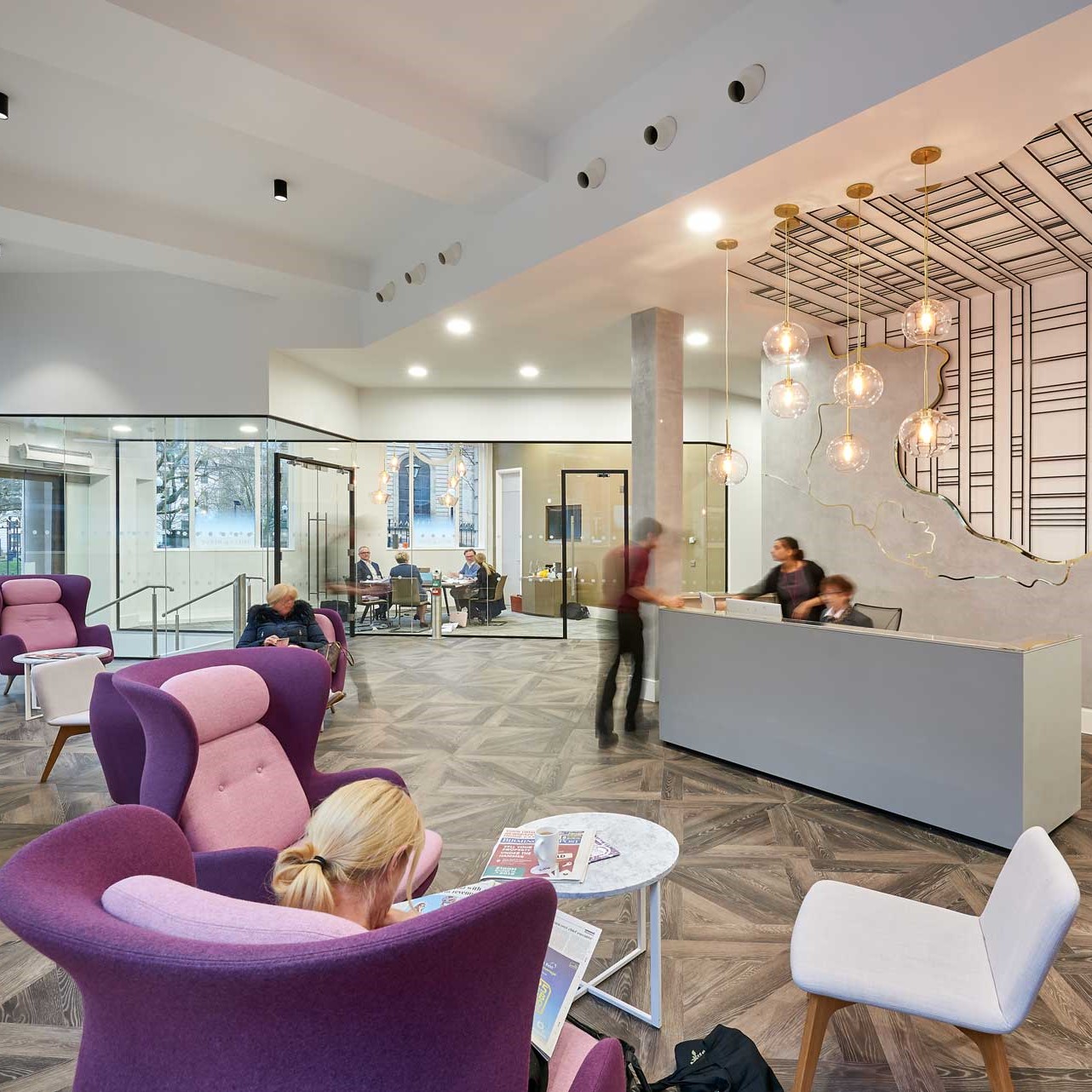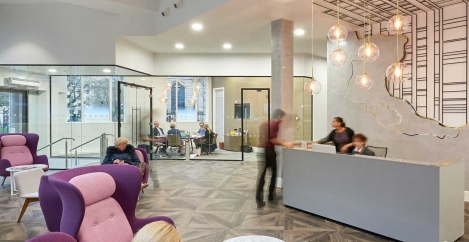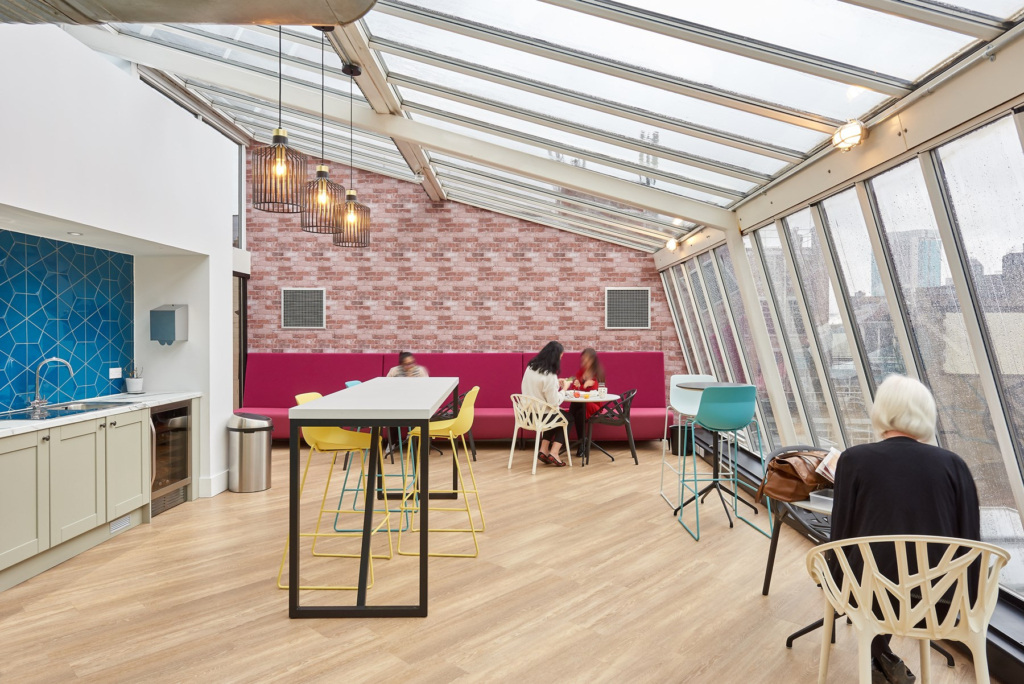October 30, 2019
UK and Irish law firms lead the way in adoption of agile working
 UK based law firms lead the way in the adoption of agile working, according to a new report from CBRE which looks at the workplace strategies of major legal practices across EMEA regions. CBRE’s Law in EMEA report offers what it claims is the first ever benchmark analysis of the legal sector internationally. Although the report suggests that agile design principles are shown to be strongly associated with lower rents per person in local markets, there is limited take up of this approach amongst legal firms outside the UK.
UK based law firms lead the way in the adoption of agile working, according to a new report from CBRE which looks at the workplace strategies of major legal practices across EMEA regions. CBRE’s Law in EMEA report offers what it claims is the first ever benchmark analysis of the legal sector internationally. Although the report suggests that agile design principles are shown to be strongly associated with lower rents per person in local markets, there is limited take up of this approach amongst legal firms outside the UK.
The legal sector is widely viewed as fairly traditional in its patterns of office occupation, and unlikely to be an early adopter of new or innovative workplace practices. In CBRE’s EMEA Occupier Survey 23 percent of professional services firms, including lawyers, said that they were not using or considering flexible space use compared with less than 10 percent of all respondents.
Only 12 percent of professional services firms reported having a user experience strategy, compared with 23 percent of corporates as a whole. At the same time, law firms are faced with many of the same pressures as others to manage space efficiently and to provide working environments that will appeal to scarce talent.
UK and Ireland dominate
London leads the way in the percentage of law firms offering some form of agile workspace (60 percent). This is followed by Dublin (50 percent), Edinburgh (25 percent) and Manchester (12.5 percent). The only other EMEA city to offer any level of agile office space is Brussels (12.5 percent). Across the sample, 89 percent of offices are based on fixed seating arrangements, where all staff have assigned seating.
[perfectpullquote align=”right” bordertop=”false” cite=”” link=”” color=”” class=”” size=””]Paris and Moscow, two of the most expensive markets, demonstrate more generous space allocations than the overall average[/perfectpullquote]
Across the 15 markets analysed, the average space allocated per person is 232 sq ft (21.6 sq m), however the range is significant. Law firms in Brussels record the highest space allocation per person, at 506 sq ft (47sq m) and Edinburgh the lowest, at 129 sq ft (12sq m).
As expected, there is a relationship with rent cost, with firms in some of the more expensive cities (for example London, Dublin and Dubai) occupying space at a higher density than less expensive cities. However, there are examples where this is not the case, for instance, Paris and Moscow, two of the most expensive markets, demonstrate more generous space allocations than the overall average.
The average rent per person, based on current rent outgoings of the law firms analysed, is €10,833 pa, ranging from €3,300 pa in Edinburgh to over €19,000 pa in Paris. While this is partly explainable by market rent variation across the cities analysed, this correlation is not uniform. For example, in Dublin and Dubai, law firms pay less rent per person than the market average, despite being at the more expensive end of the market rent scale, demonstrating the use of more efficient space standards to manage occupational costs.
Emerging trends
The report also examines workplace trends emerging in the legal sector in response to its growing focus on the ability to attract and retain key talent. These include:
• Democratisation of space via the break-down of traditional layouts which can promote office hierarchies and silos.
• Growing emphasis on the importance of collaboration, for instance through the introduction of knowledge-sharing spaces.
• The quest for innovation as offices become more high-tech with the latest AV tools integrated.
• Improved workplace experience, both in terms of client experience and in enabling ease of work for lawyers and support staff.
• Experimentation with different real estate solutions, including remote hubs to offer further flexibility for commuting staff.
Images: Mills & Reeve offices Birmingham by Area














